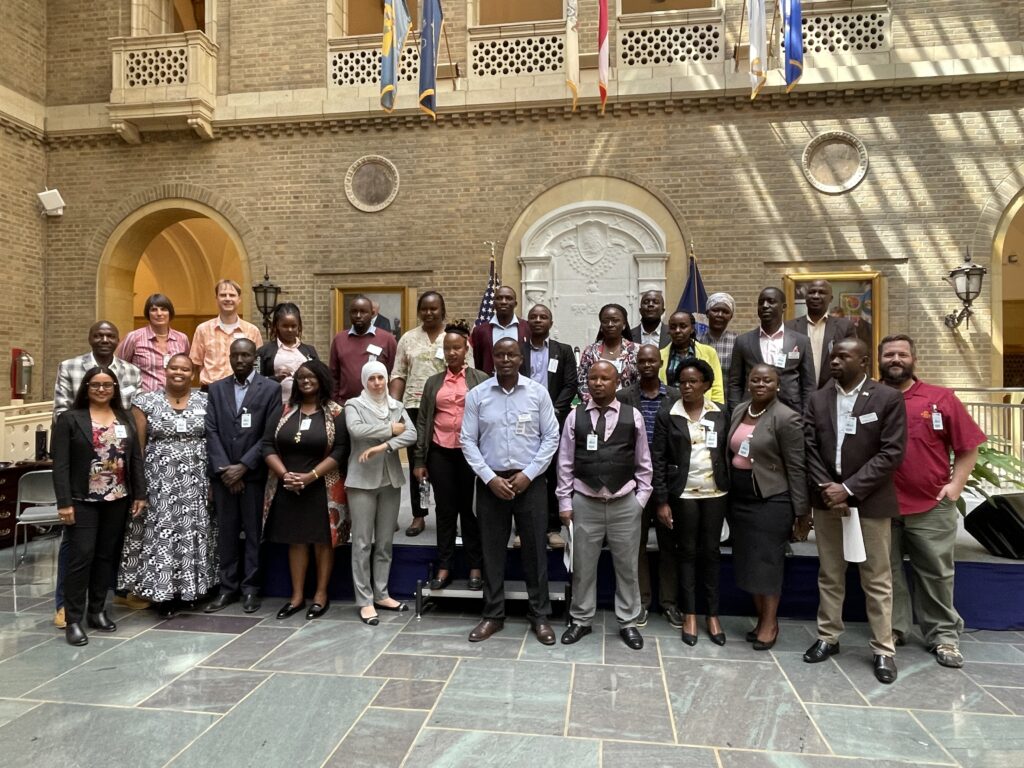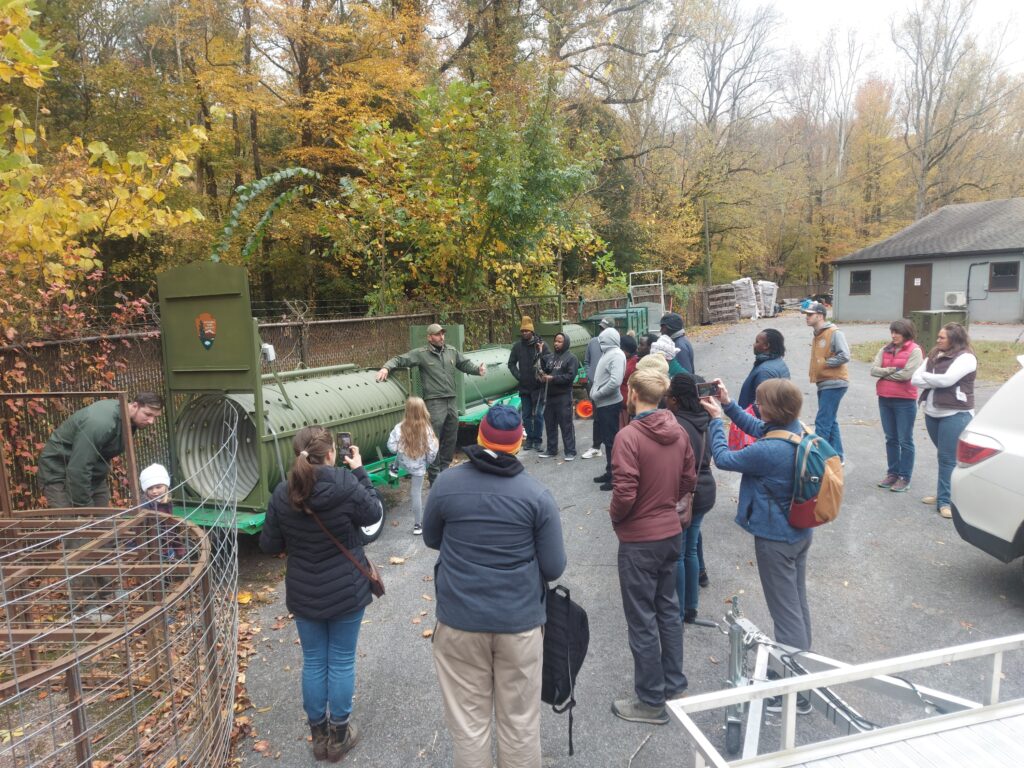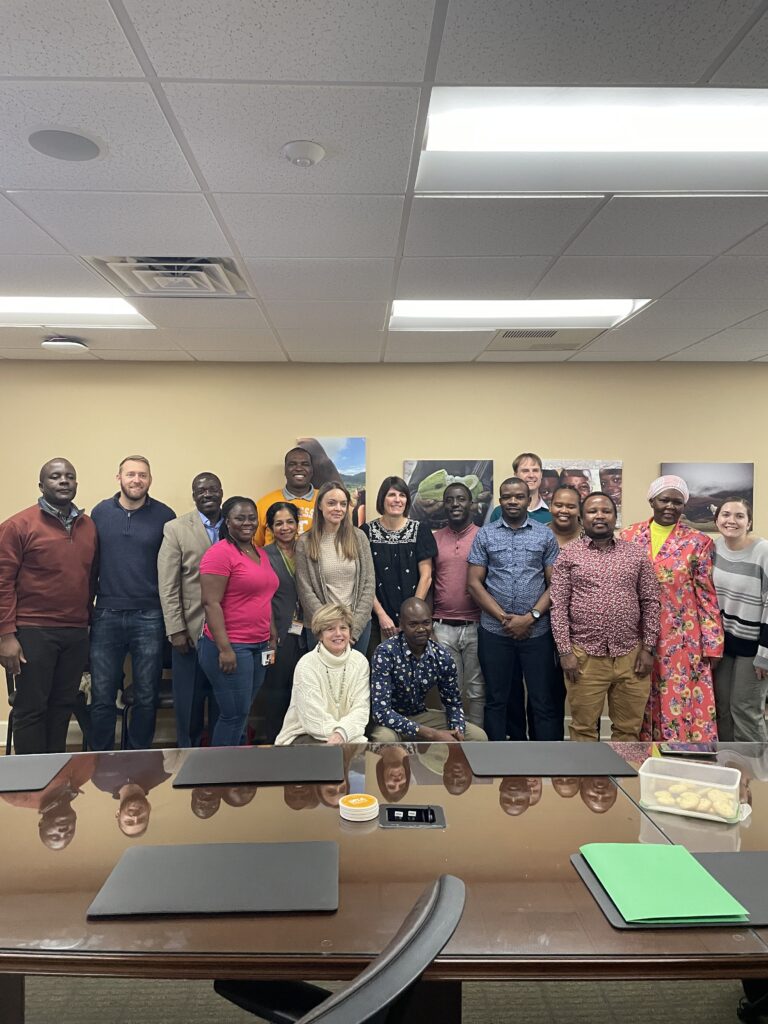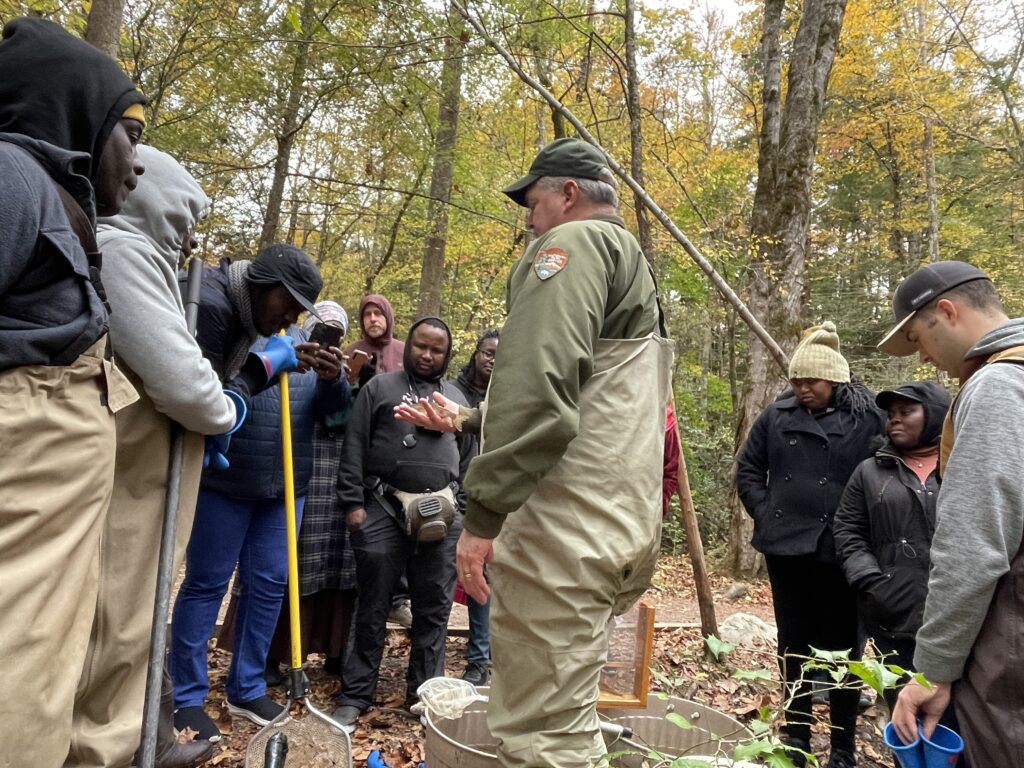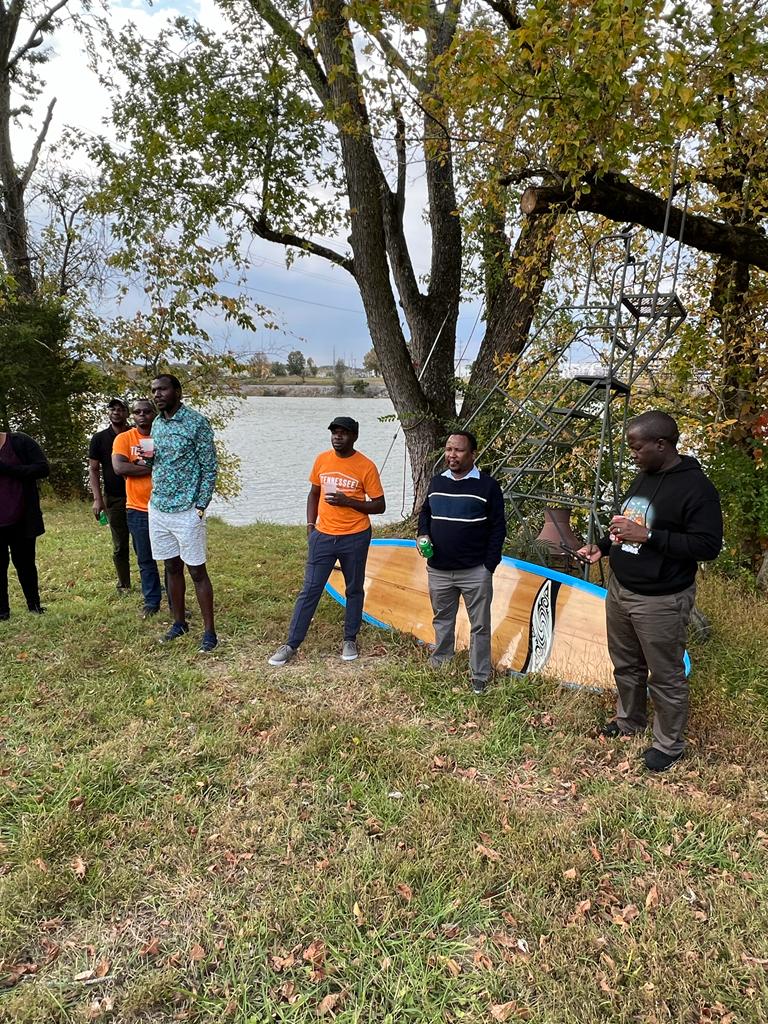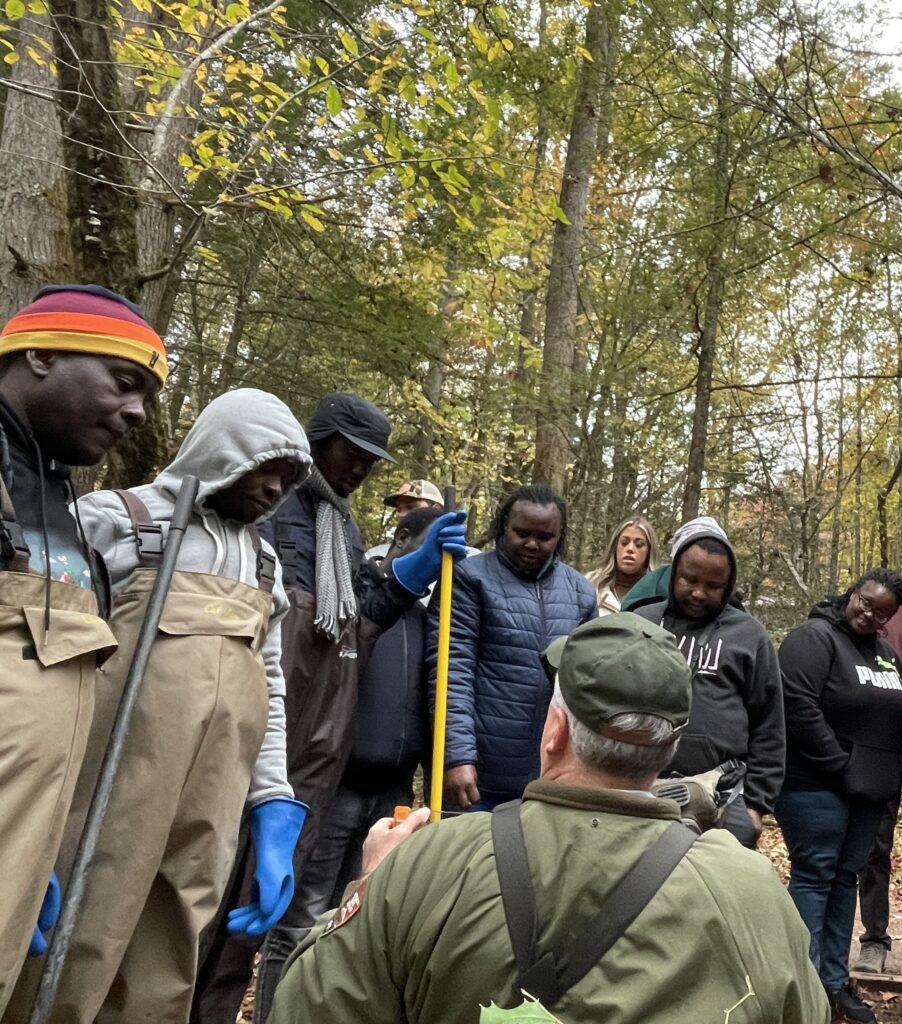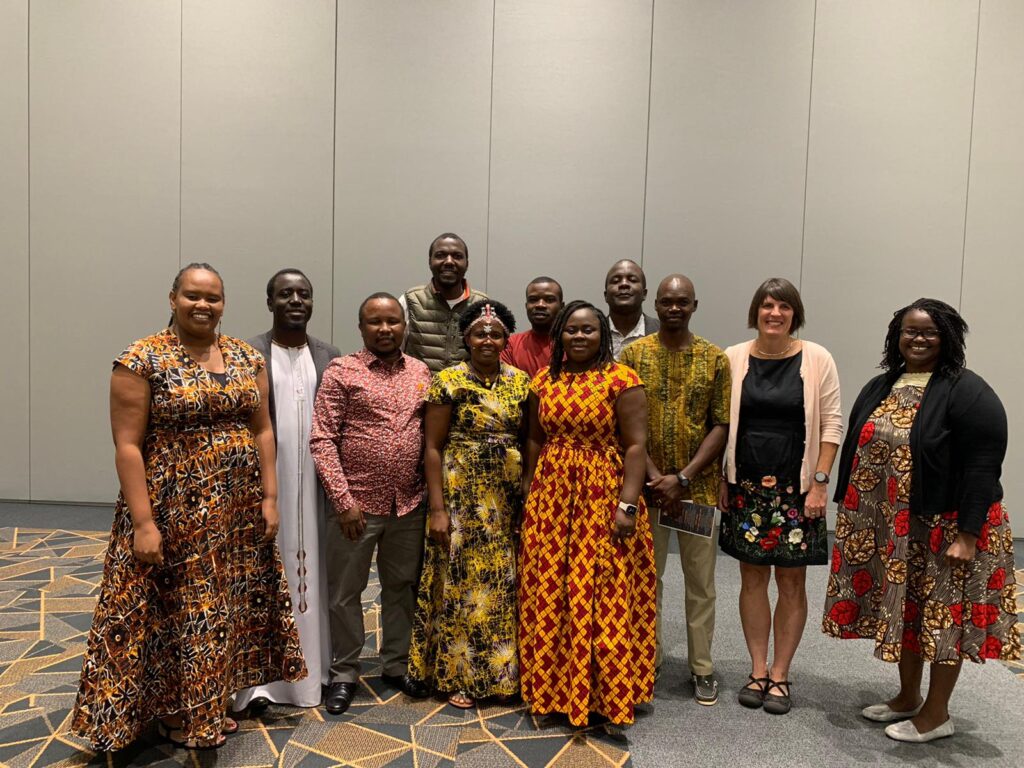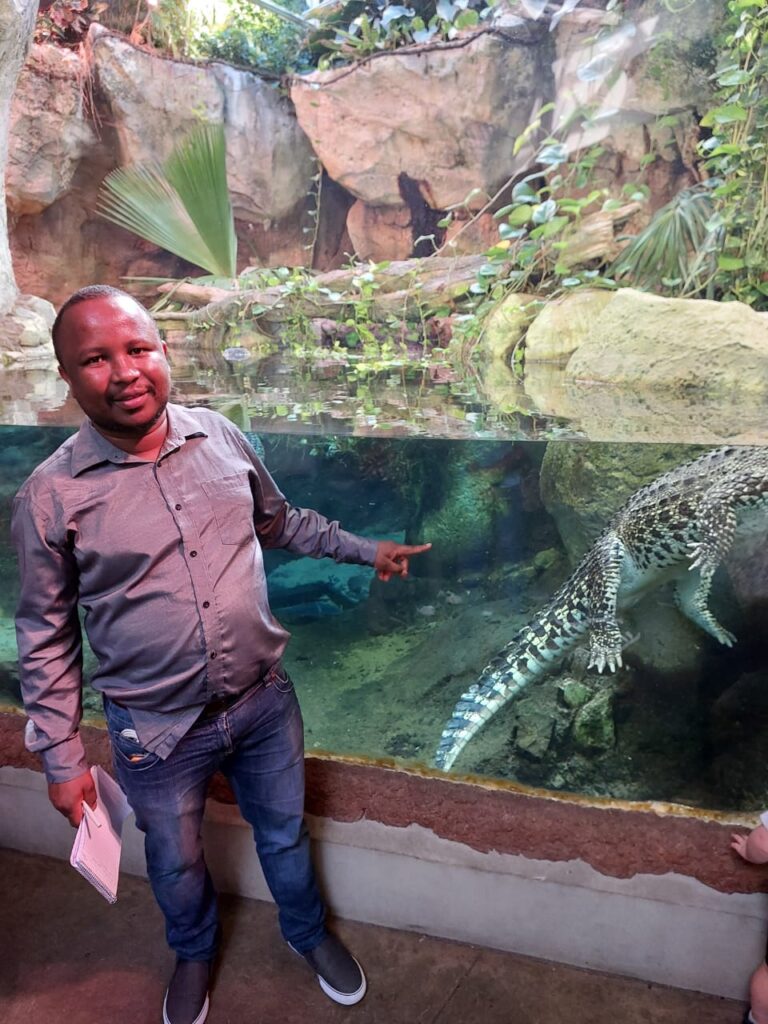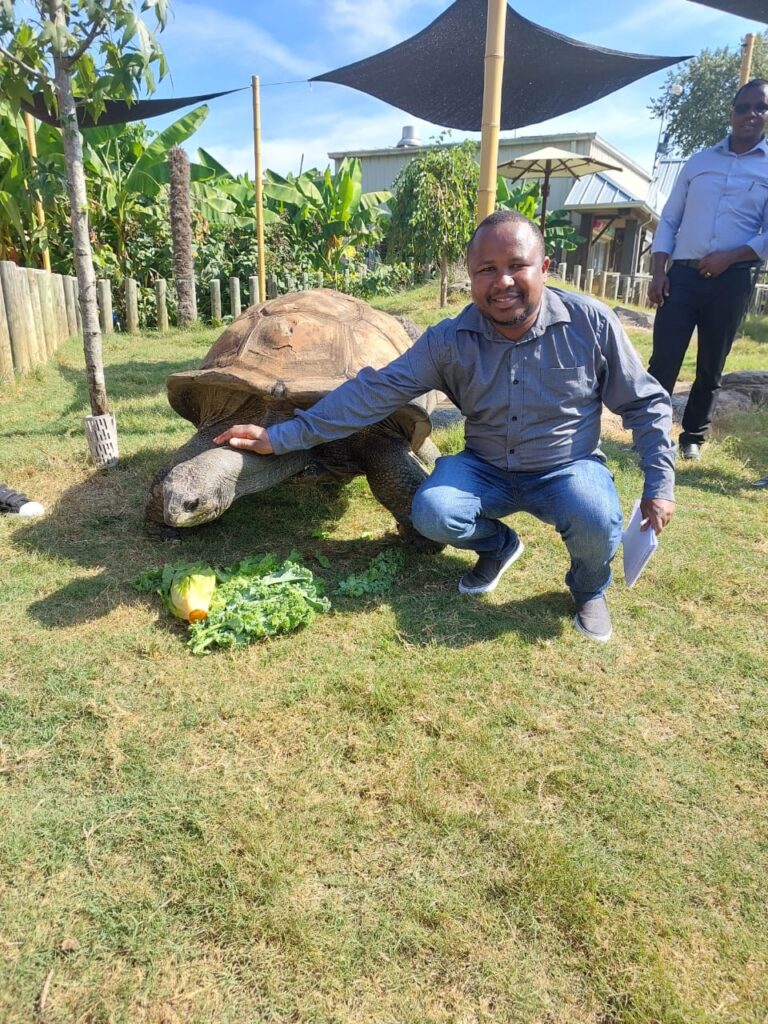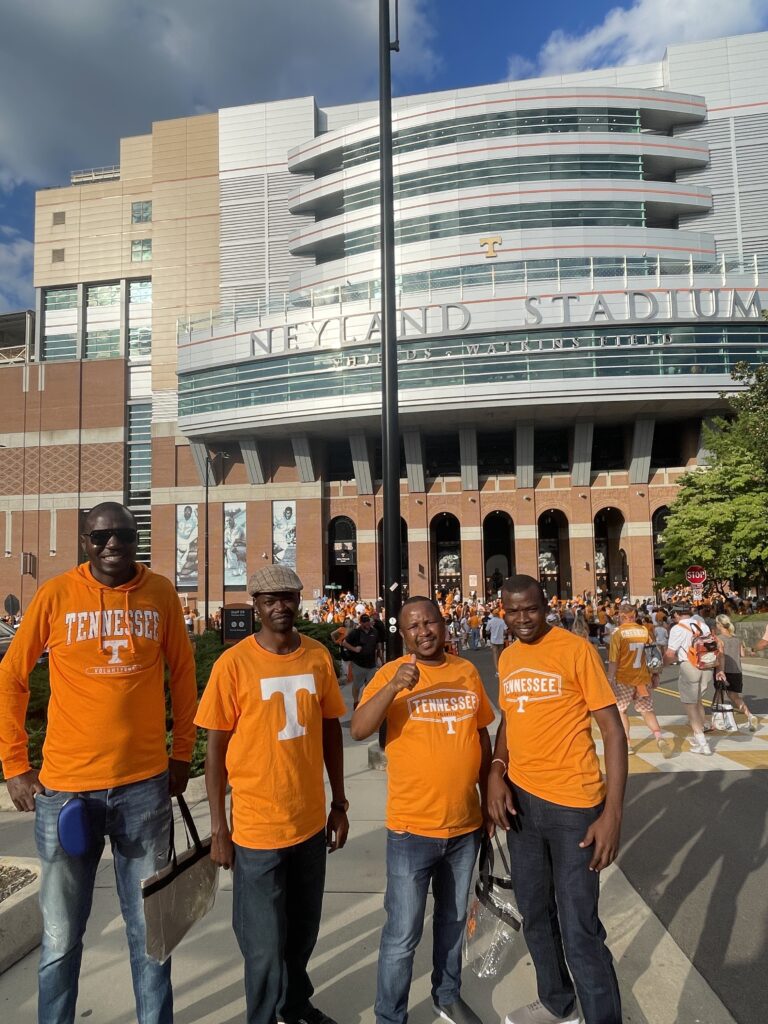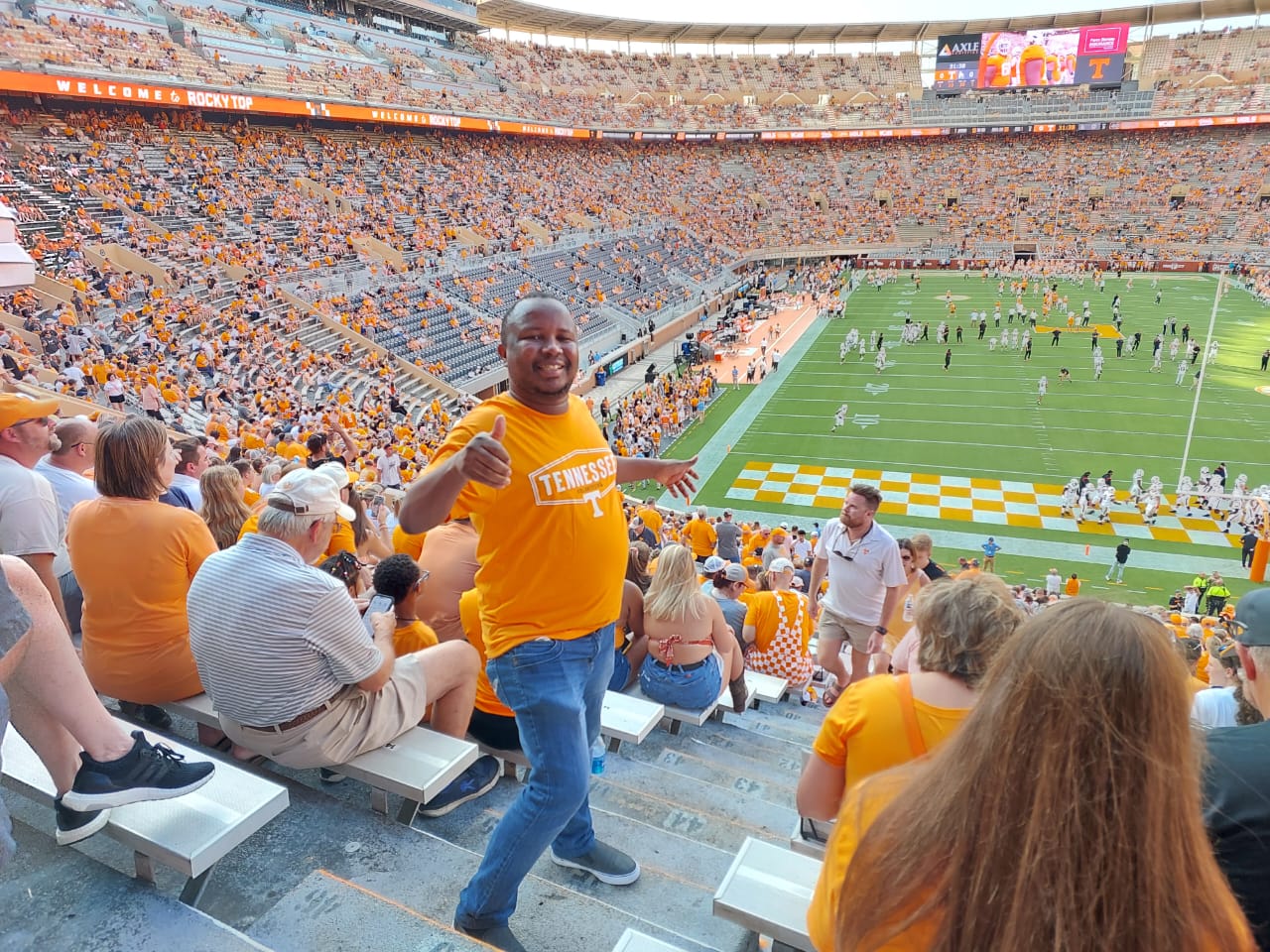
By Brooke Adams
From August to December 2022, the University of Tennessee Institute of Agriculture hosted nine Faculty Exchange Program (FEP) and five Scientific Exchange Program (SEP) fellows from four African countries. These programs are funded through the Foreign Agriculture Service (FAS) at the United States Department of Agriculture (USDA), and they focus on veterinary teacher pedagogy and animal health governance. Marcy Souza, professor and associate dean for outreach and global engagement at UTIA CVM, served as the project lead for both programs. The visiting SEP fellows were all from Kenya, and the FEP fellows were from Ghana, Kenya, Tanzania, and Uganda. They were matched with faculty members from three different UT colleges for mentorship for the duration of their programs. Learn more about each fellow and their mentor throughout this #FacultyExchangeFriday blog series.
John Kimani is a lecturer and researcher at the University of Nairobi in Kenya. His core role in this position is teaching veterinary and wildlife students courses that focus on chemistry, histology, and embryology. He also conducts research on healing and regeneration in animals. Read more about his experience as an FEP fellow below!
Q: What interested you about this program?
I was encouraged by some of my fellow faculty members that had previously participated in the program to apply. One of the main interests I had in this program was to learn how veterinary courses were taught in the U.S. compared to the University of Nairobi.
Q: What were some highlights of the program for you?
One of the biggest highlights for me was being able to compare veterinary courses at UT and at the University of Nairobi. There are many similarities in the way the courses are delivered to students and some differences in them as well. We were able to learn about how they use simulation in veterinary medicine and how beneficial it can be to use this kind of technology for surgery and other procedures in educating students. At my home university, we use animals to teach instead of these simulations, so I enjoyed seeing how we can utilize these kinds of models in our courses and teaching.
We were able to visit many different university farms and research centers and see the kind of work they do. We were able to learn about the animal health measures they practice while on the farm to restrict the spread of disease and sickness. We also had the opportunity to visit the Department of Health and learn even more about disease outbreak prevention and the animal safety that goes along with that. We were also able to visit different slaughterhouses and learn more about how animal safety affects food safety.
I also liked the lecture about how to work with the media when it comes to animal health and security. I have not personally interacted with the media too much in my position, but still found it interesting and beneficial for me as a lecturer to have that knowledge. We also participated in different courses online that taught us about different ways to deliver course material to veterinary students and I hope to use in my future courses.
Another highlight of the trip was being able to visit other places in the U.S. during our time here. I especially enjoyed visiting the Lincoln Memorial and being in a different environment than I am used to.
Q: What are you next steps following your completion of this fellowship?
I have been able to connect with different faculty while at UT and hope to continue to have future research collaborations through the connections I have made here. I also plan to deliver a seminar on what I have learned during the program to my colleagues and department. I hope to encourage my department to implement some of the things that I have learned about course delivery. I would like to make changes to the way we teach veterinary courses and the way the syllabus is set up for students. I also hope to return to UT for collaboration with different professors here and potentially to participate in a Fulbright program.
Q: Why do you view exchange programs like this one as being important?
I think that programs like this are important to open your mind to new teachings and ways of thinking as an educator. I have learned many skills that I will take back to the University of Nairobi and use in the courses that I teach. I feel that I have improved so much in the way that I hope to teach my courses and be available to my students. I also think that being able to gain some of the skills and knowledge about veterinary medicine education has been very beneficial for me as a lecturer and this helps many other lecturers that participate in this program. Programs like this are so important because we are fully immersed and able to learn. It’s not only in the classroom, but out in the field, on the farms and in the research labs.
Technology is very pertinent in education and research at UT, so trying to implement that into my teachings may be helpful for myself and the students I am teaching, however technology is much more available in the US than it is in Kenya. It is very important that we stay connected with each other and continue to enhance each other’s curriculum and methods of teaching both in Kenya and at UT.
Q: What was your favorite part about being at UT and in Knoxville, TN?
I have loved the culture in general here and especially the culture around American football! I also really liked the hospitality of people in Knoxville and the faculty we have worked with. One of my favorite parts about being in Knoxville is that everyone I have met has been so friendly and helpful to me. I also enjoyed the convenience of living in this city because we have transportation and have many things to visit that are close to Knoxville.
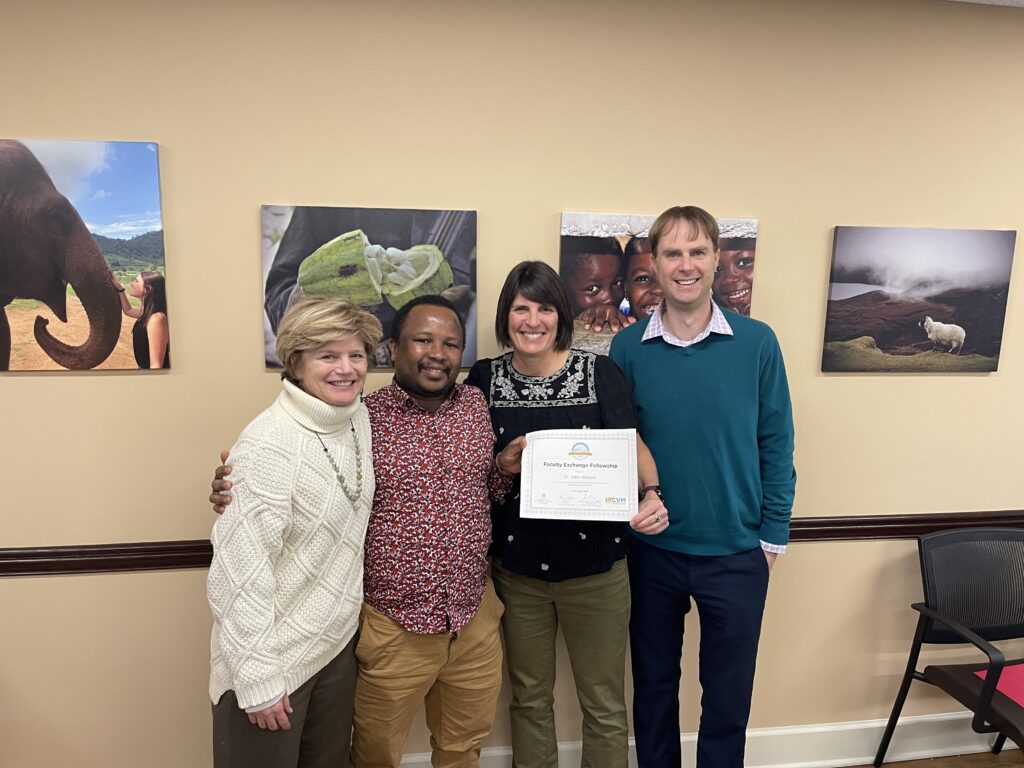
John was mentored by Linden Craig, a clinical professor of anatomic pathology at UTCVM. She is a veterinary pathologist with a special interest in bone and joint pathology. Learn more below about her experience as a UTIA faculty mentor in the FEP Program.
Q: What interested you in participating in this program?
I love teaching and sharing what I have learned over the many decades of my career about what works best in the veterinary curriculum. I was also excited to get to know veterinary educators from other countries.
Q: What were some highlights of the program for you?
Honestly, seeing John present to his department on my reciprocal visit was the best thing. His superiors and colleagues were so excited to see the teaching ideas he brought back.
Q: What did you learn from interacting with your mentee?
That good teaching does not require all of the newest technological tools. A passion for your subject is just as important.
Q: What kind of impact do you think these exchange programs have?
I was encouraged to hear John’s department head say that they wanted to implement some of his ideas, so hopefully the veterinary curriculum at University of Nairobi will improve.
